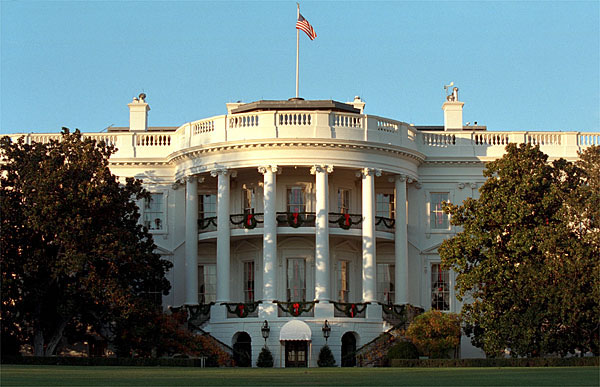Here’s one of the best articles I’ve read on the Guam build up.
Alittle-publicized provision in the fiscal 2010 defense authorization bill approved by the House last week would double the $10 billion cost of construction on Guam as part of the realignment of U.S. military forces in the Pacific.
The planned move of 8,000 U.S. Marines and about 3,600 other U.S. military troops and their dependents from Okinawa and mainland Japan to Guam over the next five years was originally expected to cost about $15 billion.
Of that total, $10 billion would be in construction of facilities, family housing and public utilities.
But a provision in last week’s House bill would require that construction companies pay their employees working on Guam’s realignment construction projects wages equivalent to rates in Hawaii, which are 250 percent higher than those on Guam, according to the Joint Guam Program Office.
The Congressional Budget Office report attached to the House bill estimates the growth in labor costs from this provision alone “would increase the need for discretionary appropriations by about $10 billion over the 2010-2014 period.”
The provision was authored by Rep. Neil Abercrombie (D-Hawaii), the fourth-ranking Democrat on the House Armed Services Committee.
Another amendment Abercrombie added to the bill would limit to 30 percent the proportion of foreign workers that would be allowed to work on these projects.
“At a time when a depressed economy has dealt a body blow to our construction industry, the Department of Defense should not even consider turning over badly needed jobs to foreign workers at questionable wages,” Abercrombie told his constituents.
“This is a huge opportunity to put Americans to work, in an American territory, building an American military base. My amendments provide clear guidelines to manage the buildup while ensuring quality work for our service members and their families,” he added.
Another provision would require the secretary of labor to report to the House and Senate Armed Services committees by June 30, 2010, “on efforts to expand the recruitment of construction workers in the United States to support this effort; on the ability of labor markets to support the Guam realignment.”
Not everyone agreed with Abercrombie’s proposals. Rep. J. Randy Forbes (R-Va.), also an Armed Services Committee member, said during debate on the bill, “This provision will lead to inflated wages in Guam, while taking American jobs from construction projects in Texas, Maryland and Virginia.”
The realignment, first agreed to in 2006 by the Bush administration and Japanese government, was designed to reduce tensions caused by a large, unwanted American military presence on Okinawa. In February, during her trip to Japan, Secretary of State Hillary Rodham Clinton restated the U.S commitment “to modernize our military posture in the Pacific.”
The government of Japan is expected to contribute about $2.8 billion to pay for the move. The U.S. government is to contribute $4.2 billion, and an additional $3.2 billion worth of family housing construction will be financed by third parties, who would then take a fee for managing those properties.
The Congressional Budget Office said it “does not expect the Japanese government to increase its share,” thus leaving Washington to pick up the additional costs for construction projects if the provision remains in the bill.
A Government Accountability Office report in April raised questions about whether the U.S. government and the military had made adequate preparations on Guam. The GAO pointed out that military members and their families would create roughly a 14 percent increase in Guam’s current population of 171,000, which would “substantially impact Guam’s community and infrastructure.”
There also would be a need for an estimated 22,000 additional construction workers, at least temporarily.
The GAO suggested that Guam’s two major highways would need upgrading to carry the increased traffic. In addition, the island’s major port would have to double its capacity.
Its electric capacity would need a major buildup, as would its water and wastewater systems, which the GAO said are near capacity already. The estimate was that the latter would have to be increased by 25 percent.
One question was who would fund the additional demands on Guam’s roads, schools and public utilities. In last week’s bill, the House expressed its “sense of the Congress that utility improvements on Guam should incorporate military and civilian utilities on Guam into a unified [electric] grid.”
By Walter PincusTuesday, June 30, 2009
References: https://www.washingtonpost.com/wp-dyn/content/article/2009/06/29/AR2009062904119.html?hpid=sec-politics




would like any updates you have in regards to this subject.. was there in 72,73 for r&r in nam, and in 94,95,96, for the navy officers housing addition, would like to get back if money was good